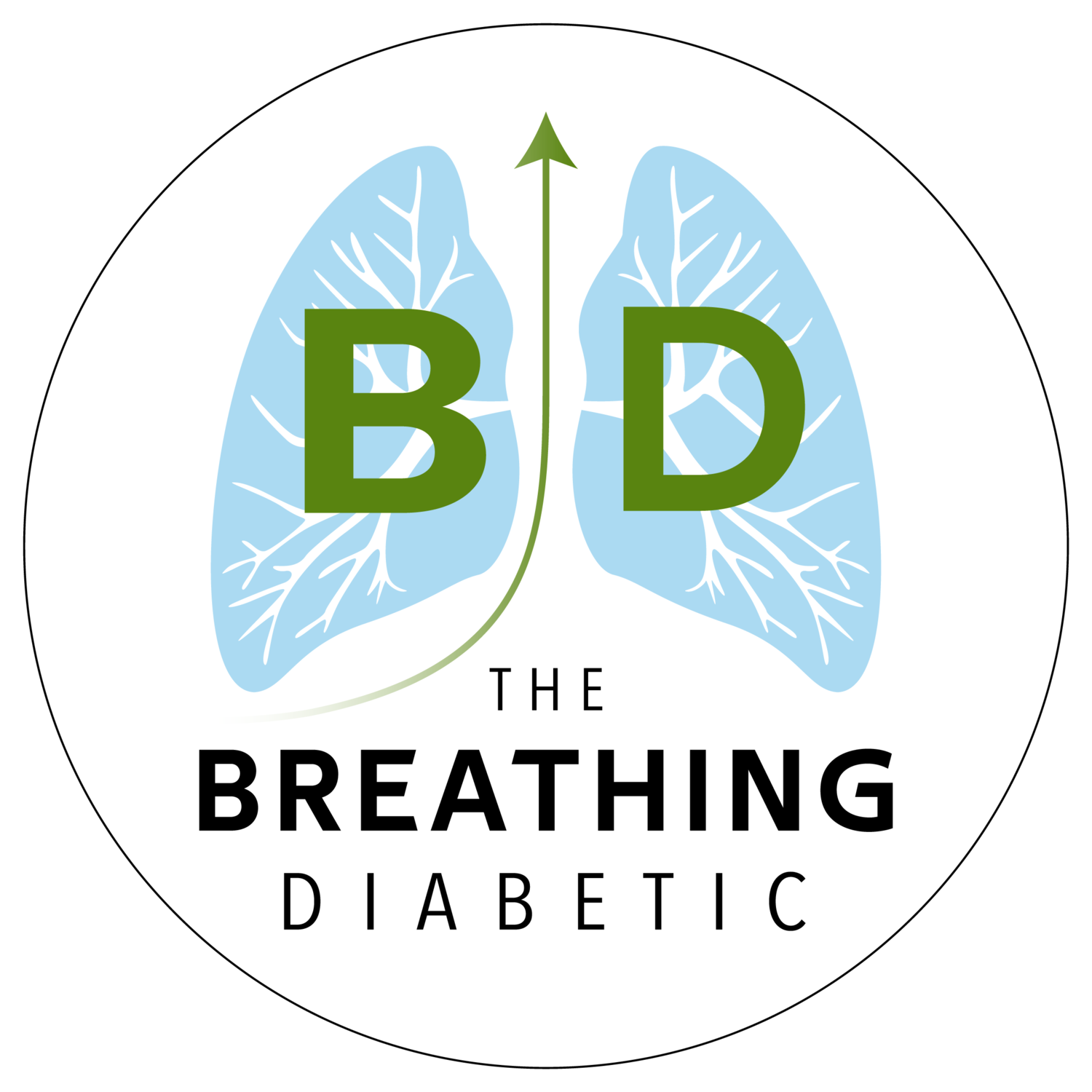Listen Instead of Reading
If you enjoy listening, you can subscribe to the audio version on Spotify, Apple Podcasts, and Audible so you don’t even have to look at the email 😊
4 Thoughts
1. Nutritious Breathing
Practicing low & slow nasal breathing is like eating a nutrient-dense, whole-food meal. We get more with less and always feel nourished afterward.
P.S. This was inspired by Katy Bowman’s Nutritious Movement.
2. Relaxed & Alert and Why Coherent (or Resonant) Breathing Works
“Within a very short time, breathing at five breaths a minute will synchronize the electrical rhythms of the heart, lungs and brain, which is very beneficial and leads to a state in which we are both relaxed and alert. It's unusual to be both relaxed and alert at the same time, but Coherent Breathing creates this sweet spot.”
- Dr. Patricia Gerbarg, from Wake Up to Sleep
Here’s an excellent description of why resonant breathing (aka Coherent or just “slow” breathing) works. It synchronizes the electrical rhythms of the heart, lungs, and brain, leaving us “relaxed and alert.” <— Sounds good to me 🙏
Give it a try: Breathe 6 seconds in and 6 seconds out. Or 5 seconds in, 7 out.
3. But You Don’t Have to Control Your Breathing, Just Touch it with Mindfulness
“Something happens when mindfulness touches breathing. Its quality changes for the better. […] The breath becomes pleasant; it is enjoyable just to sit and breathe. […] The body, the mind, and the breath begin to coalesce. They each partake of the other, so that it is difficult to distinguish among them.”
- Larry Rosenberg, Breath by Breath
I’m guilty of thinking controlled slow breathing exercises are best.
But let’s not forget that a touch of mindfulness is similarly powerful, causing the body, mind, and breath to coalesce. <— Sounds good to me (again) 😊
***
P.S. That “coalescing” sounds a lot like the synchronization of electrical signals from the heart, brain, and lungs described for resonance breathing…
4. Direct vs. Indirect Slow Relaxed Breathing: Pick Which Suits You Best
Thoughts 2 & 3 bring up two important concepts:
Direct Slow Breathing: Using an app (or counting) to deliberately breathe slowly at a set pace (like five breaths a minute).
Indirect Slow Breathing: Using mindfulness or a relaxation technique (like yoga nidra) to inadvertently slow your breathing.
Of course, they have slightly different benefits, but either will be an effective way to improve your health & wellness, so pick the one that suits you best 🙏
1 QUOTE
“Bringing awareness to our breathing, we remind ourselves that we are here now, so we might as well be fully awake for whatever is happening.”
1 ANSWER
Category: The Nose
Answer: These bony structures, which are surrounded by tissue and a mucous membrane, play a critical role in warming and humidifying incoming air as well as modulating airflow.
…
(Cue the Jeopardy! music.)
…
Question: What are nasal turbinates?
In good breath,
Nick Heath, T1D, PhD
“Breathing is the compound interest of health & wellness.”
P.S. how I am now
Breathing for Diabetes:
If you love learning about breathing, or just want to live an overall healthier life, I think you’ll really enjoy this class (diabetes or not).
* An asterisk by a quote indicates that I listened to this book on Audible. Therefore, the quotation might not be correct, but is my best attempt at reproducing the punctuation based on the narrator’s pace, tone, and pauses.
Sign Up For The Breathing 411
Each Monday, I curate and synthesize information from scientific journals, books, articles, and podcasts to share 4 thoughts, 1 quote, and 1 answer (like "Jeopardy!") related to breathing. It’s a fun way to learn something new each week.

